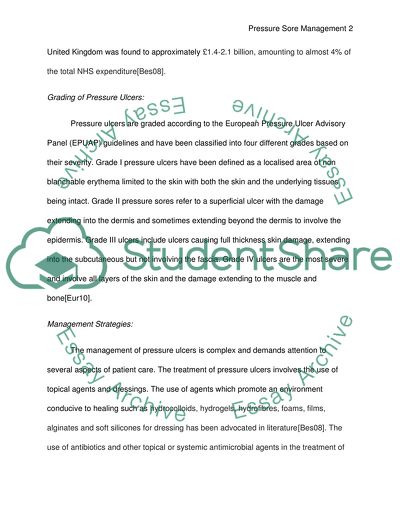Cite this document
(Pressure Ulcers as a Commonly Encountered Health Care Problem Literature review, n.d.)
Pressure Ulcers as a Commonly Encountered Health Care Problem Literature review. Retrieved from https://studentshare.org/nursing/1747516-research-on-pressure-sore
Pressure Ulcers as a Commonly Encountered Health Care Problem Literature review. Retrieved from https://studentshare.org/nursing/1747516-research-on-pressure-sore
(Pressure Ulcers As a Commonly Encountered Health Care Problem Literature Review)
Pressure Ulcers As a Commonly Encountered Health Care Problem Literature Review. https://studentshare.org/nursing/1747516-research-on-pressure-sore.
Pressure Ulcers As a Commonly Encountered Health Care Problem Literature Review. https://studentshare.org/nursing/1747516-research-on-pressure-sore.
“Pressure Ulcers As a Commonly Encountered Health Care Problem Literature Review”, n.d. https://studentshare.org/nursing/1747516-research-on-pressure-sore.


